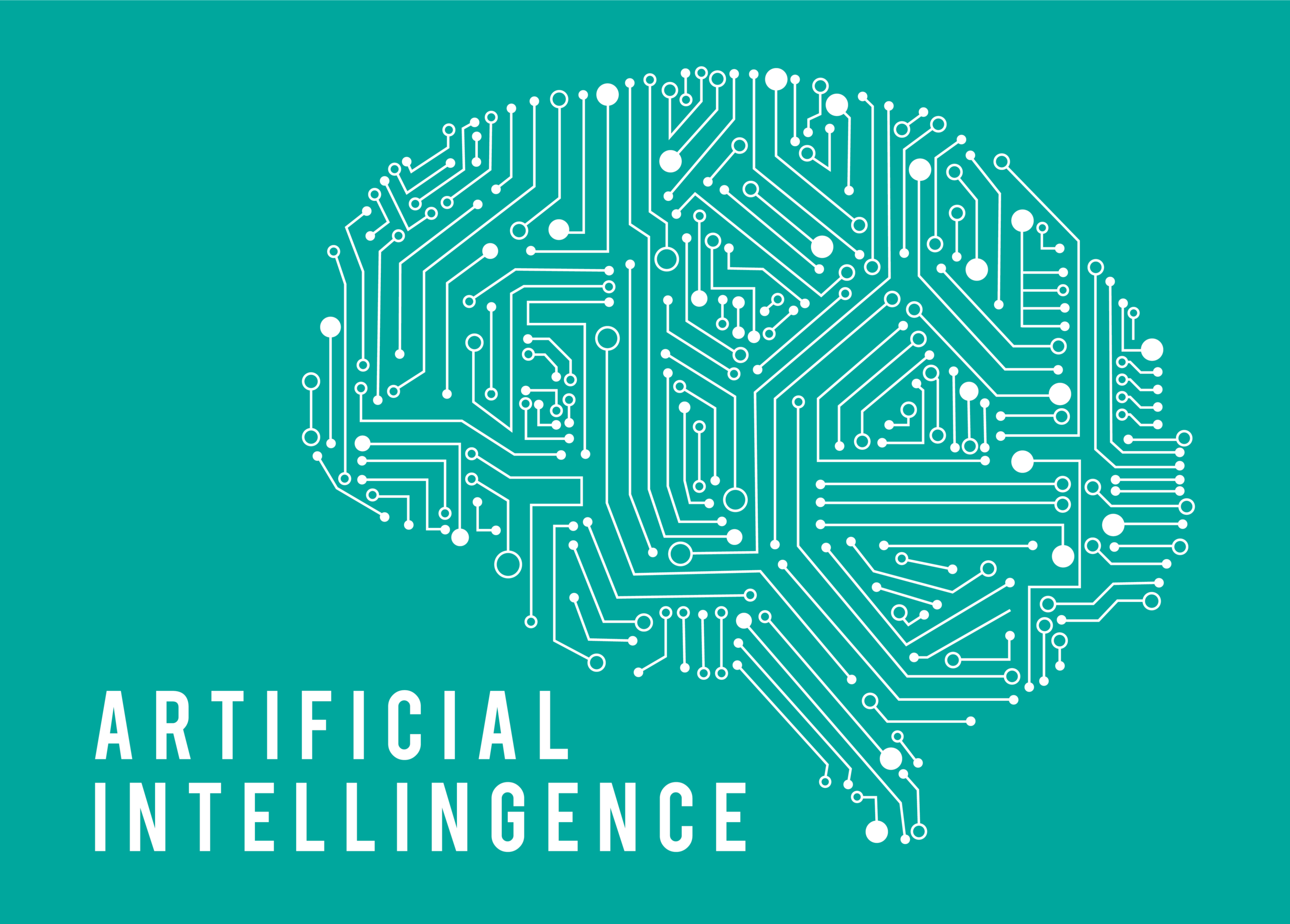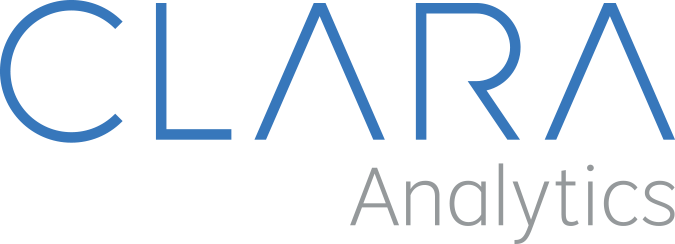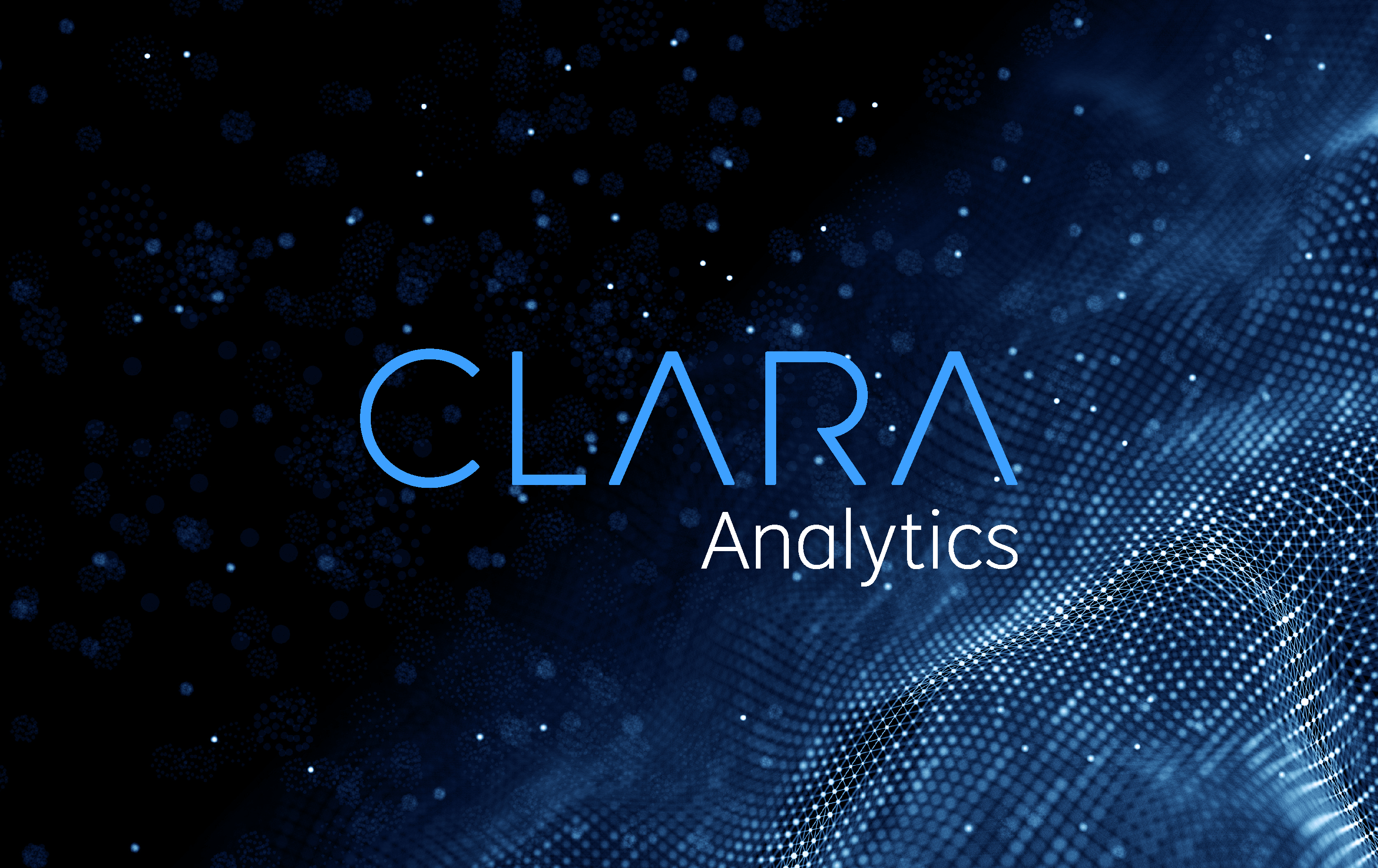AI in Claims Operations: Lessons Culled from the Early Innings
While there are many different segments of the commercial insurance industry, they often share a similar story. From my vantage point, the workers’ compensation system was designed to help both injured workers and employers by guaranteeing care and compensation for those injured on the job in exchange for employees waiving their right to sue for negligence. The intent was to provide structure, guidelines and protections for all, but nearly 100 years later, the reality doesn’t quite match the intent.
It’s not that the system is a bad one; it has more to do with volume, costs and efficiency. The claims process tends to creep along, often incredulously inviting lawyers to the party and leaving both workers and companies frustrated. But over the past year or two, this trend is reversing. Why? Technology has been developed that alleviates the stress points that threatened to eventually break the workers’ comp system. The same is true for other insurance segments as well.
The technologies sparking this massive transformation across the insurance industry are artificial intelligence (AI) and machine learning. AI and machine learning help resolve claims exponentially faster, empowering teams to intervene at the right times and as they are needed. In fact, McKinsey & Company goes so far as to predict that by 2030, “claims for personal lines and small-business insurance [will be] largely automated, enabling carriers to achieve straight-through-processing rates of more than 90 percent and dramatically reducing claims processing times from days to hours or minutes.” Teams will be able to personalize solutions based on real data accessed instantly instead of requiring weeks of human analysis that can’t possibly incorporate the millions of data points machines can. These technologies help claims representatives do their jobs faster and smarter so that people receive better care and organizations enjoy significant improvements in their combined ratios.
Insurtech Becomes a Thing
While AI-based solutions are relatively new to the commercial insurance industry, they have already given rise to a whole new market segment — insurtech. More and more companies are implementing AI into their offerings, and insurtech vendors are experiencing rapid growth of their customer bases as well as extending the contracts of existing customers based on the early benefits they’ve experienced.
As the industry enters its biggest period of innovation in a century, driven by insurtech startups, and as organizations begin to track the magnitude of cost savings and other benefits, several important lessons have emerged. Below are my takeaways thus far from what’s becoming an AI revolution.
Don’t Do AI Just to Do AI
There are cool applications for AI hitting the market all the time. Some sales guy is going to come in and show you something that will make your eyes light up. Don’t give in to temptation and sign on to do something just because it is an AI-based solution.
Instead, think about your organization’s most pressing needs. What are your pain points? Where are your hold ups? What are employees frustrated with? If a solution fails to address these needs, it’s just another shiny tool that will never be used to its full potential. Practicality and usefulness are essential or else AI demonstrates limited value to your organization.
Ease of Use Matters
You could find the best solution in the world. It could be designed perfectly to take care of your problem, but if it’s hard to use, it’s virtually worthless. Employees must want to use a new solution; they need to see how it streamlines their daily tasks and makes their job functions easier. This is essential for adoption.
It’s worth noting that adoption of AI-based tools can often face generational hurdles. There has been some resistance to AI out of fear that it will take over an employee’s job or simply from their desire to maintain the status quo due to personal comfort and familiarity. These are very real fears, and you would be wise not to discount them. The best way to prevail with a new solution is to show clear benefits to employees and make tools and software as easy to use as possible. Focus on solving the problem, and make it easy on your team.
Make a Plan
AI requires forethought — not just in terms of what an organization needs or how employees might use it but also in terms of how it will be rolled out. There has to be a plan for implementation. Who is going to lead the project? How will employees be trained? What will happen with the data once it is generated?
Even the best AI-based tools require management. Decisions need to be made in advance in order to get the most from any solution. Otherwise, implementation can lead to chaos and frustration, and the luster of a powerful new tool will wear off before it’s ever really put to use.
Don’t Try to Do Too Much
One of the biggest mistakes companies make once they understand what AI and machine learning are capable of is to take on too much. I would strongly encourage organizations to define and maintain a singular focus in applying the technology. When a company’s primary goal is to generate cost savings, for example, everything it does should turn in that direction.
After all, the biggest advances come not when one goes broad but when one dives deep. AI applications are no exception. When organizations maintain a singular focus, they can devise the most consistently innovative and necessary solutions for their teams and customers.
Real Personalization Is Possible
Personalization has long seemed like a myth in the commercial insurance industry, something elusive that every company chases. With AI and machine learning, personalization will soon become a reality.
Because AI-based solutions can handle absolutely massive amounts of structured and unstructured data — and because they can learn on their own — users gain highly nuanced levels of information, which they can then apply to customize offerings. This opens the door for all kinds of new opportunities to develop custom policies or benefits based on relevant data points. When personalization comes into play, everyone wins because costs, care and objectives are all aligned.
AI and Machine Learning Are Going to Drive the Next Generations of Claims Operations
On top of cost and efficiency benefits AI is already demonstrating, the solutions of the future will improve the claims process across the board. For example, the need for litigation is reduced when claims are addressed in a timely manner or when injured workers get in to see the best doctor right from the start. Medicare Set-Asides (MSAs) can be processed in a fraction of the time based on better data. The possibilities are virtually endless when it comes to processes that can be improved.
What we can see, however, even from these early days of insurtech, is that AI and machine learning will fundamentally and positively change the way care is distributed and help the entire commercial insurance industry evolve. Looking forward to the years ahead.
First published in Claims Journal.




